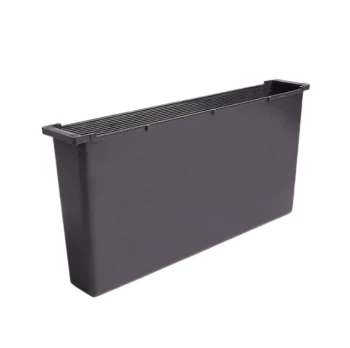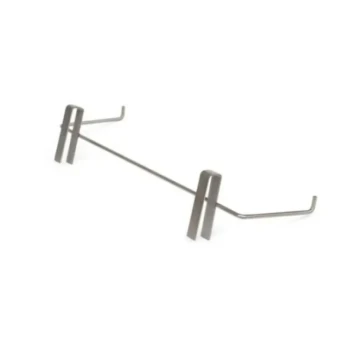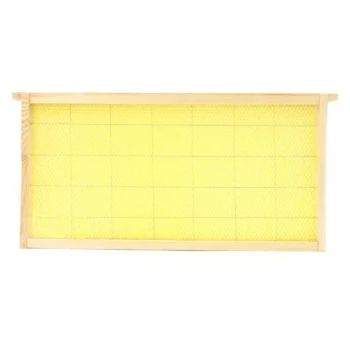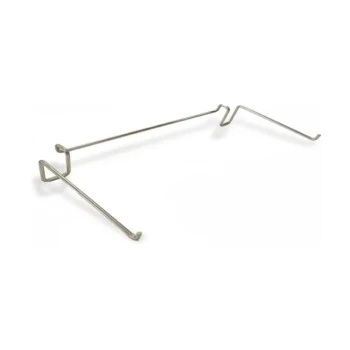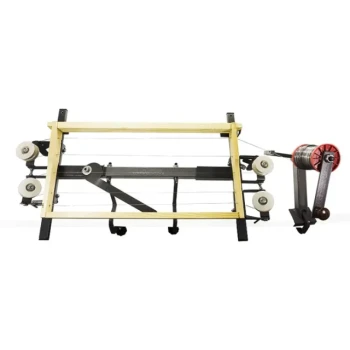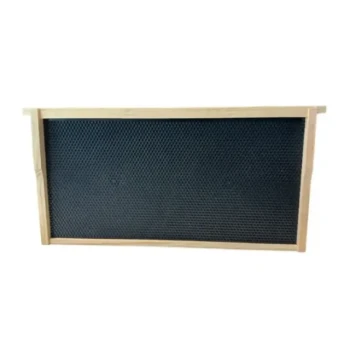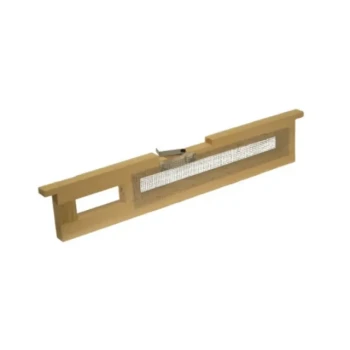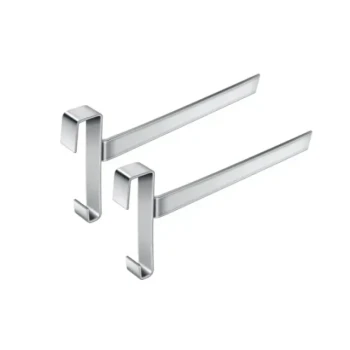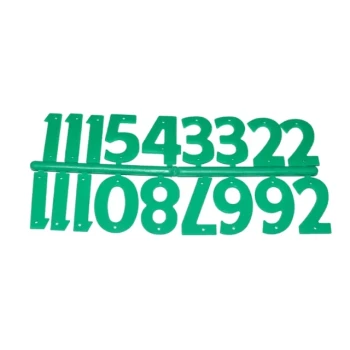In a standard Langstroth hive, the "top bar" is the uppermost wooden component of a rectangular frame. These frames, which also have two side bars and a bottom bar, hang vertically inside the hive boxes. This is fundamentally different from a "Top-Bar Hive," which is a completely separate style of beehive where the bees build their comb hanging from individual bars without a surrounding frame.
Your question touches on a critical point of confusion for many new beekeepers. The term "top bar" refers to two very different things: a single component of a Langstroth frame, or the entire comb-support system in a completely different type of hive. Understanding this distinction is key to understanding modern beekeeping equipment.
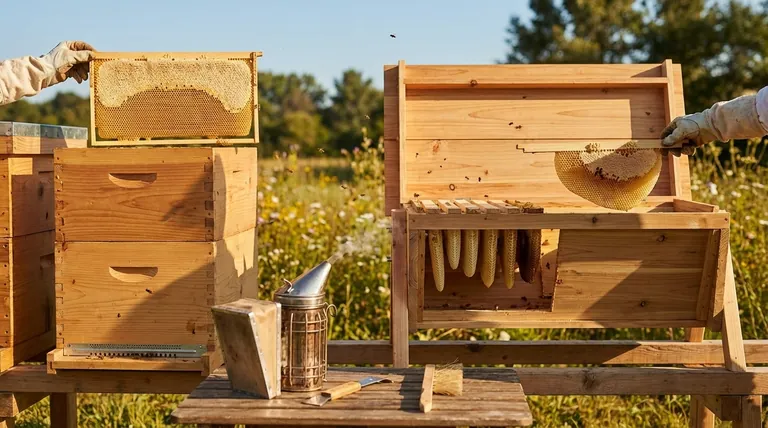
The Role of the Langstroth Top Bar
The top bar in a Langstroth hive is a crucial, but simple, piece of a larger assembly: the frame. Its design is central to the hive's function.
A Component of the Frame
A Langstroth hive is a system of stacked boxes filled with removable frames. Each frame is a four-sided structure, and the top bar is the horizontal piece at the top.
The ends of the top bar are typically shaped to create a small ledge. These ledges are what allow the frame to hang inside the hive body, suspended perfectly.
The Foundation for Comb
The top bar provides the primary support for the sheet of foundation (either beeswax or plastic) that is placed inside the frame.
Bees use this foundation as a guide, drawing out the hexagonal cells of their honeycomb from it. The top bar bears the full weight of the comb, brood, and honey contained within that frame.
Maintaining "Bee Space"
The precise width and length of the Langstroth top bar are critical for maintaining "bee space"—the 3/8-inch (about 9.5mm) gap that bees naturally leave between their combs.
This specific spacing prevents bees from gluing adjacent frames together with excess wax, which is what makes the frames easily removable for inspection. This was Lorenzo Langstroth's revolutionary discovery.
The Source of Confusion: The Top-Bar Hive
The confusion arises because there is an entirely different system called a Top-Bar Hive (TBH). This system does not use frames at all.
A Different System Entirely
A Top-Bar Hive is a horizontal hive, often shaped like a long trough. A Langstroth hive, by contrast, is a vertical system of stackable boxes.
Bars Instead of Frames
In a TBH, the entire system consists of simple wooden bars laid across the top of the hive body. There are no side bars or bottom bars.
Bees build their comb naturally, hanging down directly from the underside of these individual top bars.
Natural, Foundationless Comb
This system encourages bees to build their comb with their own cell sizes and shapes, a practice known as foundationless beekeeping. The beekeeper provides only the top bar as a starting point.
Understanding the Trade-offs: Frame vs. Bar-Only
The difference between a full Langstroth frame and a simple top bar leads to significant trade-offs in management, durability, and honey harvesting.
Langstroth Frames: Durability and Extraction
Because the comb is supported on all four sides, a Langstroth frame is extremely durable. It can be handled, inspected, and even spun at high speeds in a honey extractor without breaking.
This allows beekeepers to remove the honey while preserving the valuable drawn-out comb, which the bees can then immediately refill. This saves the colony an immense amount of energy.
Top Bars (in a TBH): Fragility and Simplicity
Comb built on a single top bar is only attached along its top edge. This makes it incredibly fragile.
Inspections must be done with extreme care, as a clumsy movement can easily break the heavy, wax-filled comb off the bar. Honey is harvested by cutting the comb off the bar and crushing it to strain out the honey, which destroys the comb.
Making the Right Choice for Your Goal
The system you choose depends entirely on your beekeeping philosophy and objectives.
- If your primary focus is maximizing honey production and ease of management: The Langstroth hive, with its durable, interchangeable frames, is the global standard for a reason.
- If your primary focus is a more "natural," low-cost, or hands-on approach: The Top-Bar Hive offers a simpler design that promotes natural comb building, with the trade-off of more fragile combs and destructive honey harvests.
Understanding this core distinction empowers you to select the beekeeping system that best aligns with your personal objectives.
Summary Table:
| Feature | Langstroth Frame Top Bar | Top-Bar Hive (TBH) Bar |
|---|---|---|
| Hive Type | Component of a vertical, framed system | The entire support system in a horizontal hive |
| Comb Support | Full frame (4 sides) for maximum durability | Single bar; comb hangs freely, more fragile |
| Honey Harvesting | Reusable; combs can be spun in an extractor | Destructive; comb is cut and crushed |
| Ideal For | Maximizing honey production & efficient management | Natural, foundationless beekeeping & simplicity |
Ready to equip your apiary with the right system?
Whether you manage a commercial operation or are a distributor supplying the beekeeping community, the right equipment is the foundation of success. HONESTBEE supplies durable, precision-made Langstroth frames and other essential beekeeping supplies designed for productivity and ease of use.
Contact our wholesale experts today to discuss your needs and discover how our equipment can help you maximize hive health and honey yields.
Visual Guide
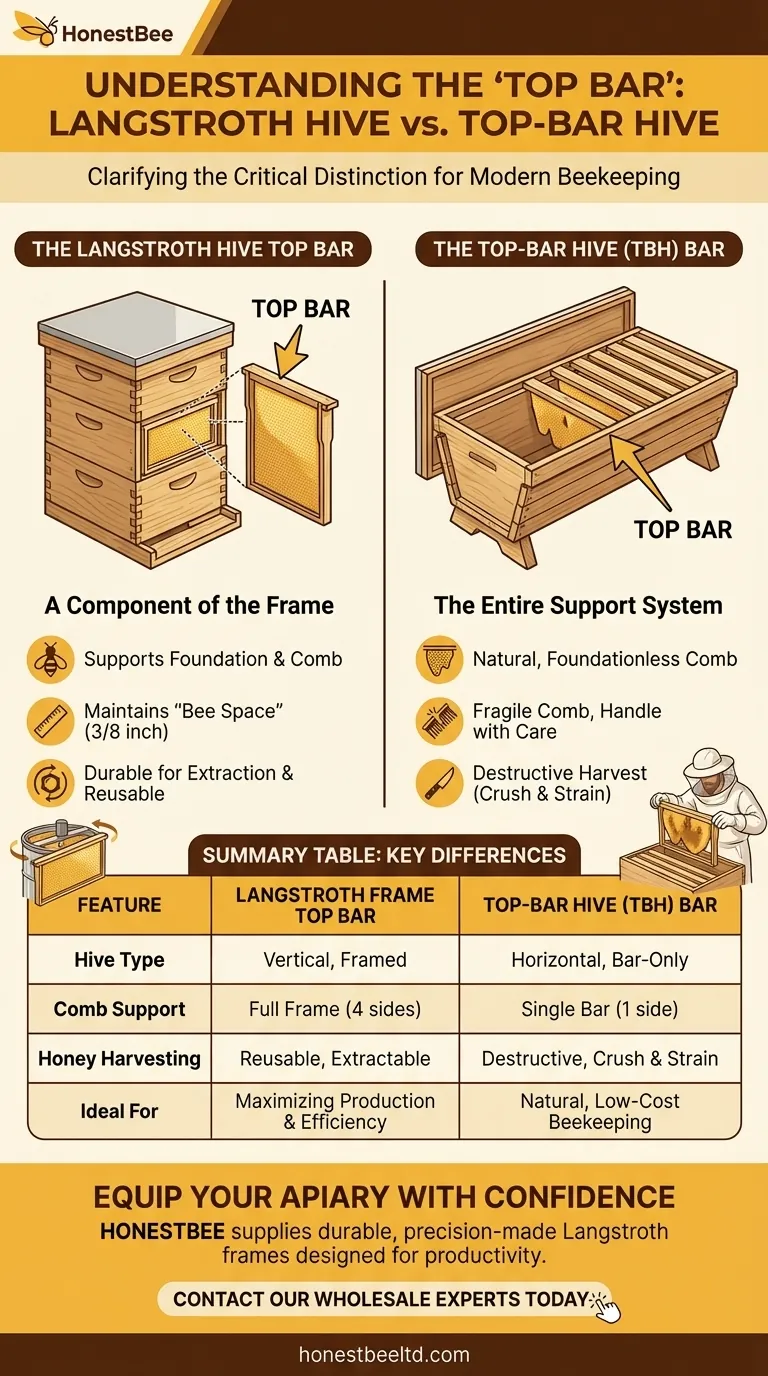
Related Products
- Long Langstroth Style Horizontal Top Bar Hive for Wholesale
- Langstroth Bee Hives Bee Keeping Box for Beginners Beekeeping
- Professional In-Hive Bee Feeder HONESTBEE Frame for Beekeeping
- Wholesales Dadant Size Wooden Bee Hives for Beekeeping
- Heavy-Duty Stainless Steel Clip-On Frame Perch
People Also Ask
- What are the main differences between Langstroth hives and top bar hives? Choose the Right Hive for Your Beekeeping Goals
- How does the design of a top bar hive benefit beekeepers? Ergonomic & Natural Beekeeping for Hobbyists
- What are the most popular types of hives besides the Langstroth? Top Bar & Horizontal Hives Explained
- What is a top bar bee hive? A Natural, Low-Stress Beekeeping Solution
- What are the advantages of a top bar hive? Simpler, Bee-Centric Beekeeping for All


